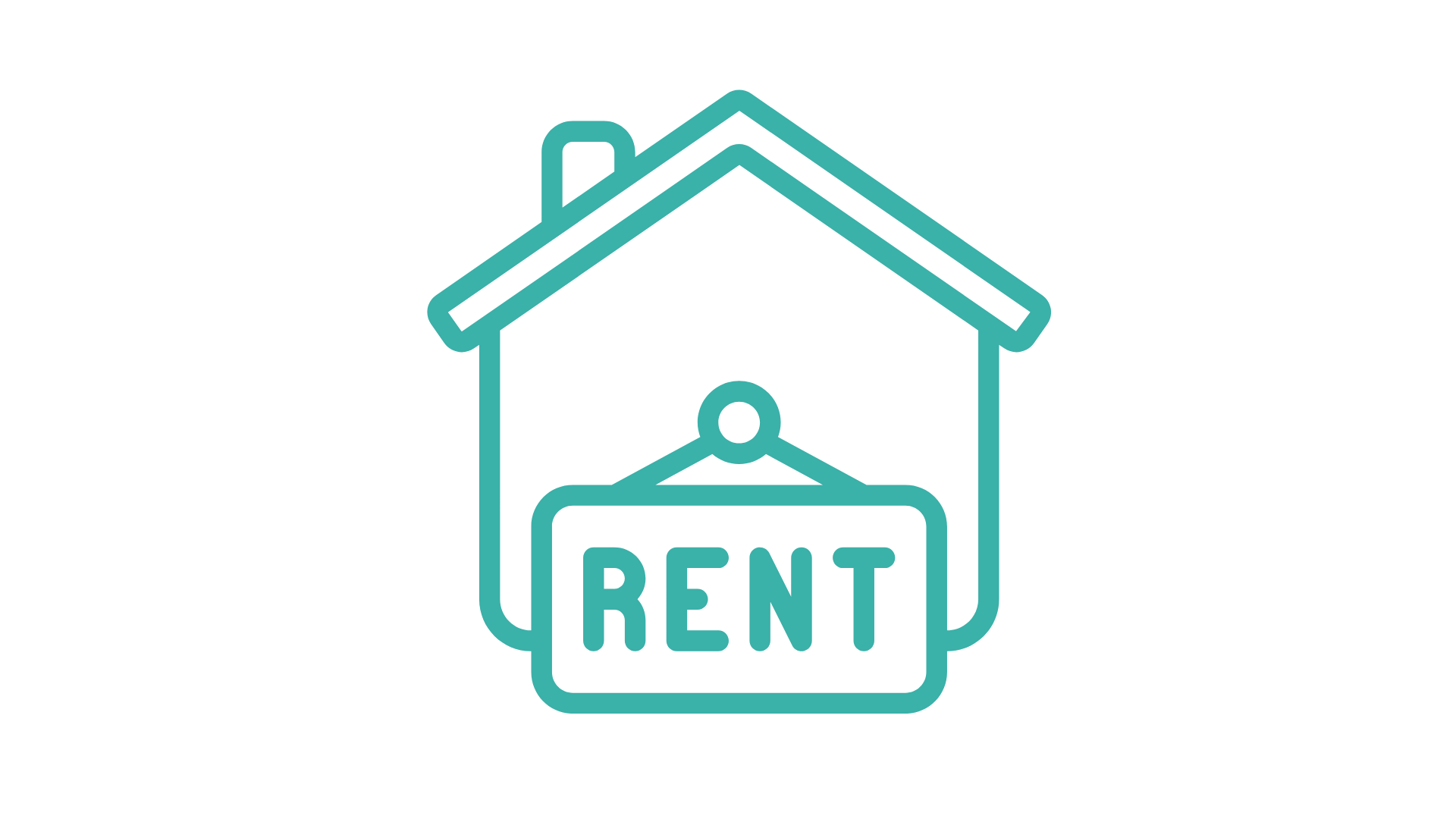Have you ever wondered how R&D relief can significantly reduce taxes for your sole proprietorship while supporting innovative projects? In this article, we introduce key aspects related to eligible R&D costs, explain the application procedure step by step, present tax benefits and the most common mistakes to avoid. We also present practical examples of projects that qualify for relief and discuss the latest changes to regulations in force in 2024. Learn how to effectively use R&D relief to strengthen your SME and achieve long-term financial benefits.
Eligible R&D costs for sole proprietorships
Use of R&D tax relief In sole proprietorship requires understanding, which costs can be included in it. The main categories include employee salaries involved in research and development projects, material costs necessary for conducting research and depreciation equipment used in the R&D process. Additionally, expenses for Patent protection and Licenses, which support the company's innovative activities.
[accounting_banner]
Examples of expenses that qualify for relief include: development of new products, laboratory tests and services of external specialists collaborating on R&D projects. However, it should be remembered that not all costs are covered by the relief. Excluded are, among others, expenses for Marketing, Administration Whether representation costs. To make sure which expenses can be included, it is worth using expert advicewho will help you settle your taxes correctly R&D costs and make the most of available support.
Procedure for applying for R&D relief
To take advantage of R&D tax relief, you need to go through a few key steps. First, prepare application, which must be filled out carefully according to the guidelines. Then gather all necessary documents, such as design reports, proof of costs incurred, and a research and development plan.
Remember that submitting complete documents increases the chance of a positive application review. Additionally, regular monitoring of the application status allows for a quick response to any comments from the office.
Tax benefits of R&D relief
Use R&D tax relief significantly reduces the tax base, which is a huge support for sole proprietorships. Thanks to this, entrepreneurs can allocate more funds to the development of innovative projects, instead of allocating them to tax liabilities.
The examples of tax savings for JDG are impressive. Imagine that you can deduct as much as 100% of costs related to research and development, which translates into a real reduction in the amount of tax paid. This is not only a relief in the short term, but also an investment in the future of your company.
The long-term financial benefits of R&D relief include:
- Reduction of tax costs, which increases the company's financial liquidity
- Possibility to reinvest saved funds in new technologies and innovations
- Strengthening the competitive position on the market thanks to continuous development
Using the R&D tax relief is not only a way to reduce your tax burden, but also a strategy to support the dynamic development and innovation of your business.
The most common mistakes when declaring R&D relief
Violation of proper R&D cost qualification is one of the most common mistakes. Entrepreneurs often confuse expenses related to everyday activities with those that qualify for relief. To avoid misunderstandings, it is important to precisely separate costs and keep a detailed R&D project documentation.
Another common mistake is incomplete completion of tax forms. Lack of precise information or omission of necessary attachments may result in denial of relief. That is why it is worth using specialized tools or consult with experts who will help you prepare the documentation correctly.
Ignoring tax deadlines is another serious mistake. Delays can lead to the need to correct the declaration and additional fees. Systematic monitoring of deadlines and timely submission of documents ensures that the R&D relief will be correctly settled and the entrepreneur will avoid unnecessary complications.
Examples of projects qualifying for R&D relief
Use R&D tax relief can significantly reduce the costs of innovation in sole proprietorship. Projects that can benefit from this relief cover a wide range of research and development activities, such as:
- Development of new products or services that introduce innovative solutions to the market.
- Optimization of production processes aimed at increasing efficiency and reducing costs.
- Work on new technologies that can improve the company's competitiveness.
Examples case studies show that many self-employed entities effectively use the R&D relief. For example, the owner of a small technology company could deduct the costs associated with developing new software, which allowed for faster development of his business. In order for the project to qualify for the relief, it must meet certain criteria evaluation criteria, such as innovation, the technical nature of the work and the possibility of implementing research results in business practice.
The latest changes to the regulations regarding R&D relief
The year 2024 brings significant changes Legislative updates regarding relief R&D, which could significantly impact the way R&D is financed by sole proprietorships. These modifications are intended not only to facilitate the application process, but also to increase the availability of relief for innovative entrepreneurs.
- Changes to the qualification criteria – The amendments clarify which research and development projects are eligible for relief, eliminating previous ambiguities and enabling easier determination of compliance of activities with legal requirements.
- Simplification of application procedures – The procedures for applying for relief have been shortened and simplified, which allows for faster and more effective submission of applications and their consideration by the institutions responsible for supervision.
- New sources of legal information – The latest regulations and information regarding R&D relief can now be found on the official websites of the Ministry of Finance and on specialist industry portals, which regularly update legal data and practical tips for entrepreneurs.
These changes in regulations have a significant impact on the process of applying for R&D relief, making it more transparent and accessible for sole proprietors. To take full advantage of the new opportunities, it is worth following the latest legal information and adapting your research and development projects to the updated requirements.
FAQ – Frequently Asked Questions
What are the eligibility criteria for R&D projects?
Research and development projects must aim at technological development or the creation of new products, processes or services. They must be innovative and involve technological risk.
Can R&D relief be combined with other tax reliefs?
Yes, the R&D relief can be combined with other tax reliefs, but it is worth checking whether there are any restrictions or specific conditions for the combined use of the reliefs.
How long does the R&D tax relief settlement process take?
The process of settling the R&D tax relief may take several months, depending on the completeness of the documentation and the burden on the tax authorities. It is recommended to prepare the application well in advance.
Does hiring employees for an R&D project affect the amount of relief?
Yes, the remuneration of employees involved in the R&D project is one of the main components of eligible costs, which may significantly increase the amount of relief.
What institutions can help in preparing documentation for R&D tax relief?
Tax advisors, accounting offices and companies specializing in R&D can help you prepare the necessary documentation and assist you in the process of applying for relief.


